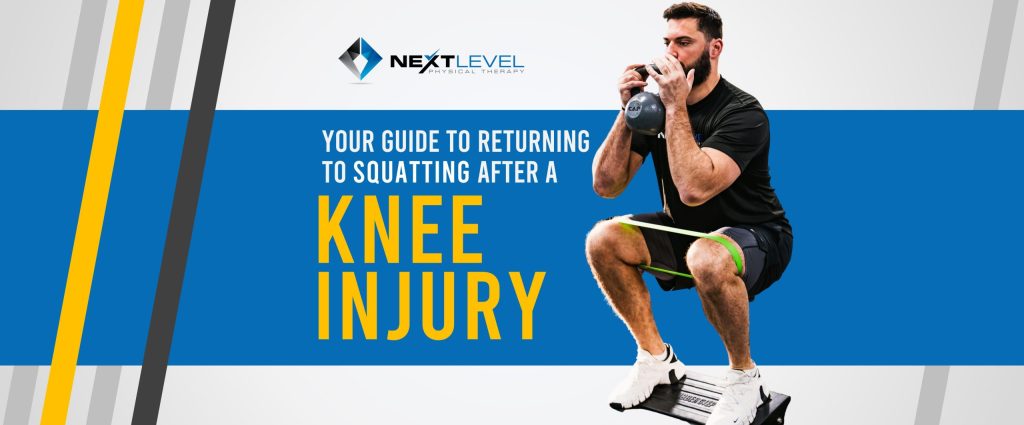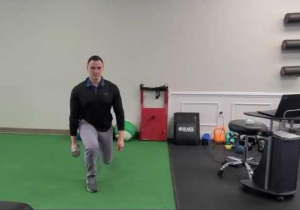Author: Dr. Colin Butler, DPT, ATC
If you are pushing your limits in strength training and challenging your ability to produce or absorb high levels of force, you are not always going to feel great physically.
Exercise is a form of stress on the body. That stress can be positive or negative depending on how well your body is able to respond and adapt to it.
Everyone’s capacity to tolerate and adapt to physical stress is different and depends on many variables. This is why two people can follow the same training program and have completely different outcomes.
When chasing a heavier squat, it is common for symptoms to show up in or around the knee during periods of higher load or increased intensity. This is often labeled an overuse injury, which simply means that the total stress placed on the knee exceeded what it could currently tolerate and adapt to.
If your knee pain improves with rest but returns as soon as training volume or intensity increases, rest alone is not the solution. Rest can help reduce symptoms and allow tissue recovery, but it does not teach your knee how to handle increasing forces or adapt to different loading strategies.
Below are some of my go to methods and the reasoning behind them to help build a more resilient knee when returning to squatting after a training related knee injury.
1) Use cable assisted split squats to improve the ability for the knee to absorb force
Split squats are a useful way to train each leg with a bias toward the front leg. While both feet remain on the ground, the front leg takes on the majority of the load.
Using a front foot elevated variation shifts some weight toward the back leg, often creating a roughly fifty five percent to forty five percent distribution. This reduces stress on the front knee while still allowing meaningful loading.
Adding a cable provides slight unloading of body weight and helps distribute force more evenly between the knee, hip, and ankle. This makes it easier to train deeper ranges of motion than traditional bilateral squatting may allow early on.
This variation is especially helpful when rebuilding confidence in knee loading and retraining the knee to absorb force without placing all of the stress in one area.
2) Use regular split squats to load the knee more aggressively
A standard split squat without front foot elevation allows the shin to move farther forward over the ankle. This increases the amount of force going through the knee.
I typically introduce this variation once someone can perform front foot elevated split squats comfortably and without hesitation. At this stage, I often emphasize higher rep sets, usually in the twelve to fifteen rep range, with moderate load.
This helps build both capacity and confidence before progressing further.
3) Reintroduce bilateral squatting with an emphasis on absorbing force first
Once unilateral loading is well tolerated, it is time to bring back symmetrical squatting patterns.
The box squat is a great option at this stage. It allows you to control depth, manage load, and focus on absorbing force on the way down.
Start by using a box height that feels comfortable and allows a controlled descent. Sit fully onto the box, pause briefly, then push the floor away to stand back up.
Progression can be as simple as gradually lowering the box height over time to increase range of motion as your knee tolerance improves.
4) Reintroduce training load of squatting without any constraints
After improving knee tolerance through multiple loading strategies, the final step is returning to your actual squat pattern without external constraints.
This step is critical. According to Physical Stress Theory, the body must be exposed to the specific stresses of the task you want to perform in order to adapt to it. Your knee needs exposure to the real demands of your squat to fully regain resilience.
This is where you gradually build back toward your normal training loads while monitoring symptoms and recovery.
Final Takeaway
Knee pain related to squatting and overuse is common. While rest can play a role in managing symptoms, it is not a substitute for progressive exposure to load.
A resilient knee is one that can absorb and produce force in many different ways. By gradually rebuilding capacity through thoughtful progressions, you give your knee the best chance to adapt and tolerate the demands of heavy squatting again.
Try the strategies outlined above and reach out to a qualified coach or physical therapist if you need guidance tailored to your specific situation.




